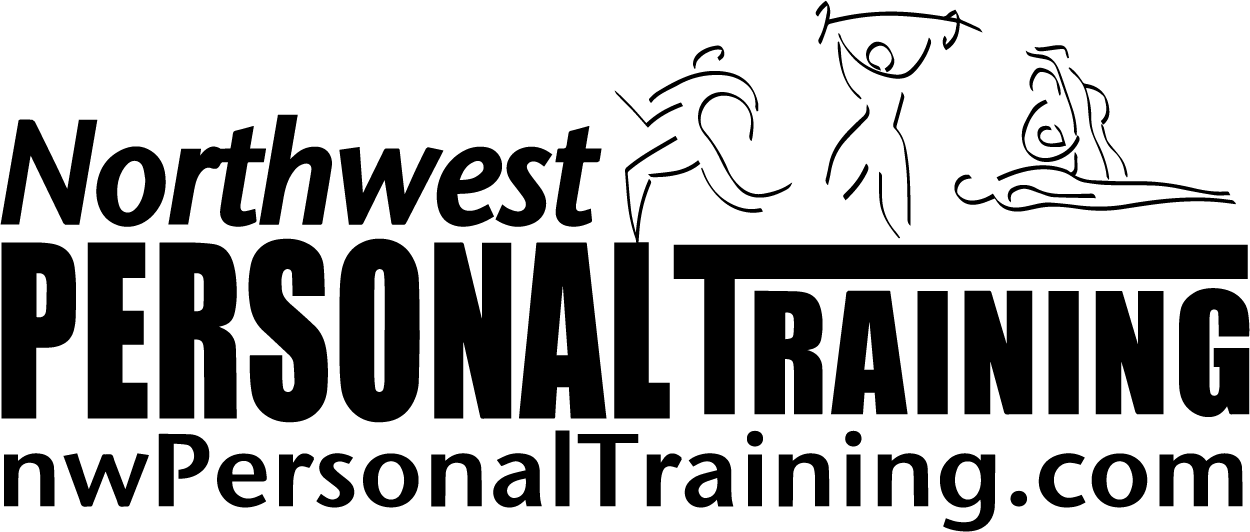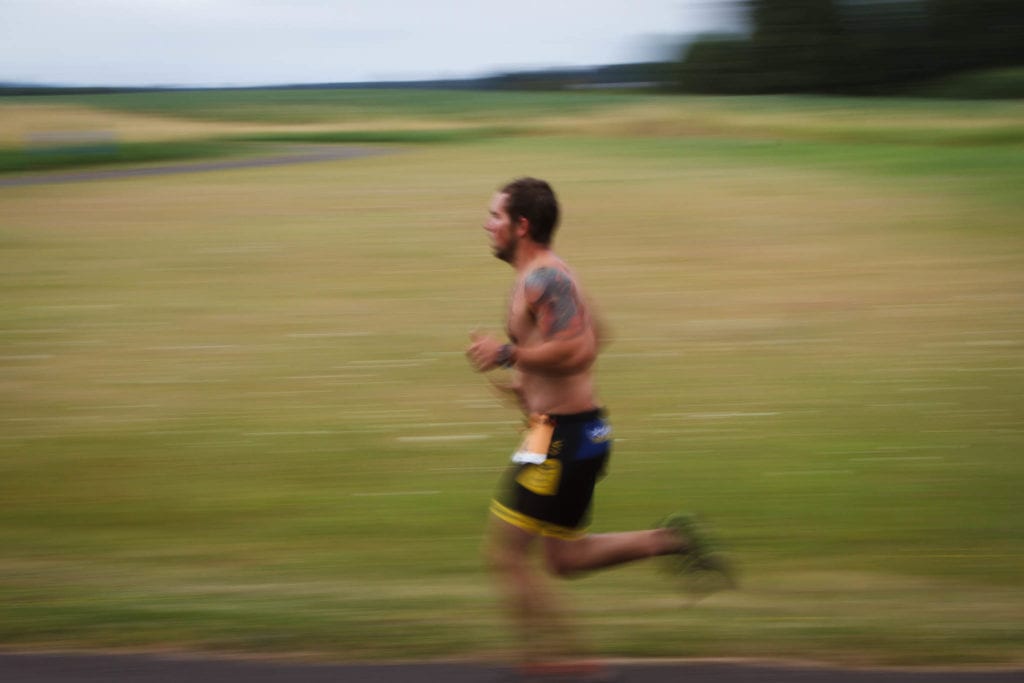 Last week, we reviewed a progressive Learn to Run program to help get you ready for the local, popular runs, the Portland Marathon and the Girlfriends Run for a Cure – Quarter & Half Marathon that will have thousands of runners and walkers participating from around the Northwest.
Last week, we reviewed a progressive Learn to Run program to help get you ready for the local, popular runs, the Portland Marathon and the Girlfriends Run for a Cure – Quarter & Half Marathon that will have thousands of runners and walkers participating from around the Northwest.
Today, I will discuss a few general guidelines for designing your running program:
- Try not to run 2 days in a row if possible. Running exposes your body to a lot of impact and it is helpful to allow your body time to recover in between running workouts, especially if you are prone to injury.
- Allow for one full recovery day per week. It doesn’t mean you have to lay around watching TV and eating bon bons all day but it’s a good idea to have one day a week when you aren’t concerned about getting into your training zone and instead, allow your body a day’s rest from impact and intensity.
- Invest in a good pair of running shoes and consult with an expert to help determine the right shoe for your body. Check out the previous blog post where I discuss the key pointers on getting the right running shoe for you.
- If possible, run on packed, level dirt, trails, or grass, which are a lot easier on your body. If running through the city, paved roads (asphalt) are easier on your legs than concrete sidewalks (cement). Just watch for traffic and always run in the opposite direction of cars so you can react if needed.
- Before you begin any run or run/walk workout, start with a 6-12 minute walk. This will allow your heart rate and breathing rate to increase gradually, your body temperature to rise and prepare your muscles for the workout.
- Once you’ve completed your warm-up, complete the following dynamic joint movements to take your lower body joints through their full range of motion in a slow, controlled fashion. Start with one leg in front of the other.
- Raise the back heel up onto your toes and contract the calf. Repeat 10-15x.
- Now lift the entire back foot off the floor and contract the glute (buttock). Repeat 10-15x
- Now lift the back heel towards the buttocks and contract the hamstrings (back of the thigh). Repeat 10-15x.
- Now lift the knee forwards and contract the quads (front of thigh). Repeat 10-15x.
- Now hold your knee up and balance while doing 10 ankle circles one way and then the other way.
Repeat this sequence on the other leg.
Then perform a 20 fast toe taps on each leg and 20 heel raises.
You’re now ready to start your workout. Ease into your training zone.
- Finish each workout with a 6-12 minute walk to cool down the body and flush out the legs, which helps with recovery.
- Once you have completed each workout including warm-up and cool-down, be sure you save enough time to lengthen and release. This is one of the most important things you can do to reduce your chances of experiencing injuries and to aid in the recovery process. I will provide you with some specifics in a later column so stay tuned.
- Implement muscle strength and endurance training into your program. As you run, the muscles of your lower body absorb the forces. As your muscles fatigue, they lose their shock absorbing abilities and the forces are absorbed more through your bones and joints. If you strength train, your muscles become stronger, are better able to absorb impact, take longer to fatigue and are better able to generate greater force leading to faster running speeds. The ability of a muscle to resist fatigue helps reduce the incidence of injury. Research has shown the areas that suffer the largest amount of stress include the feet, the shins, the knees and the hip. Therefore, a specific program that addresses these areas must be followed if long-term running is a goal. Luckily you don’t need to spend a great deal of time in the weight room to experience these benefits. All you’ll need to do is 1 set of 8-20 reps of a variety of exercises two times per week. This equates to about 30-60 minutes a few times a week. We’re hoping that those of you who want to minimize your risk for injury and enhance your running performance, will be able to find the motivation and time to fit these short workouts in. If you do not have a personalized weight training program, we strongly encourage you to invest in a few sessions with a trainer, so they can design a program for you. This will ensure you’re not wasting any time during your workouts. I will also provide some important running specific exercises for you in a future column so you can look forward to that.
- Incorporate cross training into your program. I’d rather see an exerciser run 3x/week and compliment their program with swimming, cycling, resistance training and fitness classes rather than run 6x/week. Cross training will maintain a greater balance to your program and your body and keep your program exciting.
- If you are looking for a group to train with, we are starting a Running Clinic on August 14th. Here are the details.
If you are looking for a group to train with, we are starting a Running Clinic on August 14th.
We also have our late season Triathlon Club that you could try out. Find the details HERE.
Yours in Health & Fitness,
Sherri McMillan
Like us on Facebook and get FREE instant access to my “Achieving your Personal Best” eVideo – Learn the critical steps to help you lose weight, feel great and live your best life.
Don’t forget to sign up to receive my blog posts in your inbox!
Just enter your name and email in the form up here



